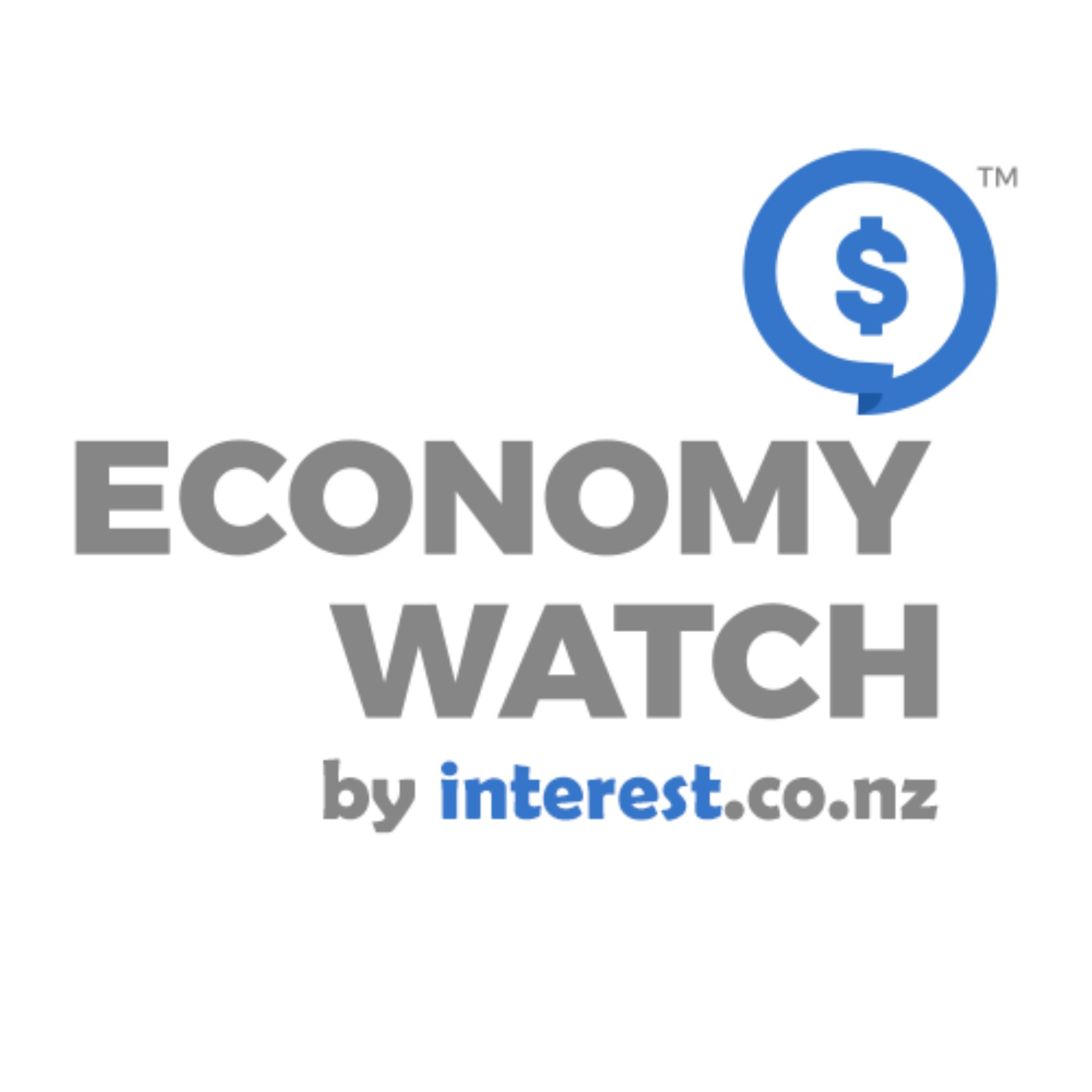Can the world withstand higher interest rates?
Kia ora,Welcome to Monday’s Economy Watch where we follow the economic events and trends that affect Aotearoa/New Zealand.I'm David Chaston and this is the international edition from Interest.co.nz.And today we lead with news higher benchmark interest rates are clouding the global economy.But after last week's big central bank meetings, this week it will be more about macroeconomic data. In the US, the spotlight will be on the PCE Price Index, as well as personal income and spending data. And durable goods orders, the final reading of the Q2 GDP growth rate, and pending and new home sales are all due. In Europe, September inflation rates will be released for the Euro area countries along with industrial production, retail sales, the unemployment rate, consumer confidence. For Japan we will get more clues from their central bank Monetary Policy meeting minutes. From China, it will be industrial profits. From Australia we will get retail sales, a monthly inflation update, and the usual end of month banking data.Over the weekend, Taiwan released its industrial production data and it was less weak than expected. In fact, it rose in August from July to make back some of the year-on-year retreats. Meanwhile, Taiwanese retail sales came in with another strong month, especially for food services.China is finding pork prices are zooming higher again. About sixty percent of all meat sold in the country is pork. But prices are up +30% as their government has been buying aggressively to replenish its strategic food security reserve that was run down in 2022, the culmination of a herd cull in 2018 and 2019 due to ASF. Higher pork prices might we helping farmers recover, but they will also be underpinning beef and lamb prices as pork seems less affordable to city consumers.Japan said its CPI inflation rate in August was little-changed at 3.2% from 3.3% in July, but that was its lowest reading in three months. Prices continued to rise for food however, up a sharp 8.6%, offset by even sharper falls for fuel, down -12.3%. Outside these, core inflation was unchanged at 3.1% and that makes it 17 straight months core inflation has been above the Bank of Japan's 2% target. They must be ready to change policy settings. But the central bank met on Friday and didn't make any headline change in a unanimous decision. The lack of any clear sign of a shift in its policy stance puts a damper on market speculation over the prospects for a near-term interest rate hike. And it is fueling pressure on the yen. Perhaps we will a better indication of their thinking when the minutes of their meeting are released later this week.The latest Markit PMI for Japan shows factory activity contracted a bit faster in September than the previous month, and sharper than market forecasts, so they now have a fourth straight month of fall in factory activity and the steepest drop since February. But their services sector is still expanding at a healthy rate.The updated September Markit PMIs for the US paint a steady-state picture of no significant expansions nor contractions. Their factory sector is reported to be contracting very slightly but t

